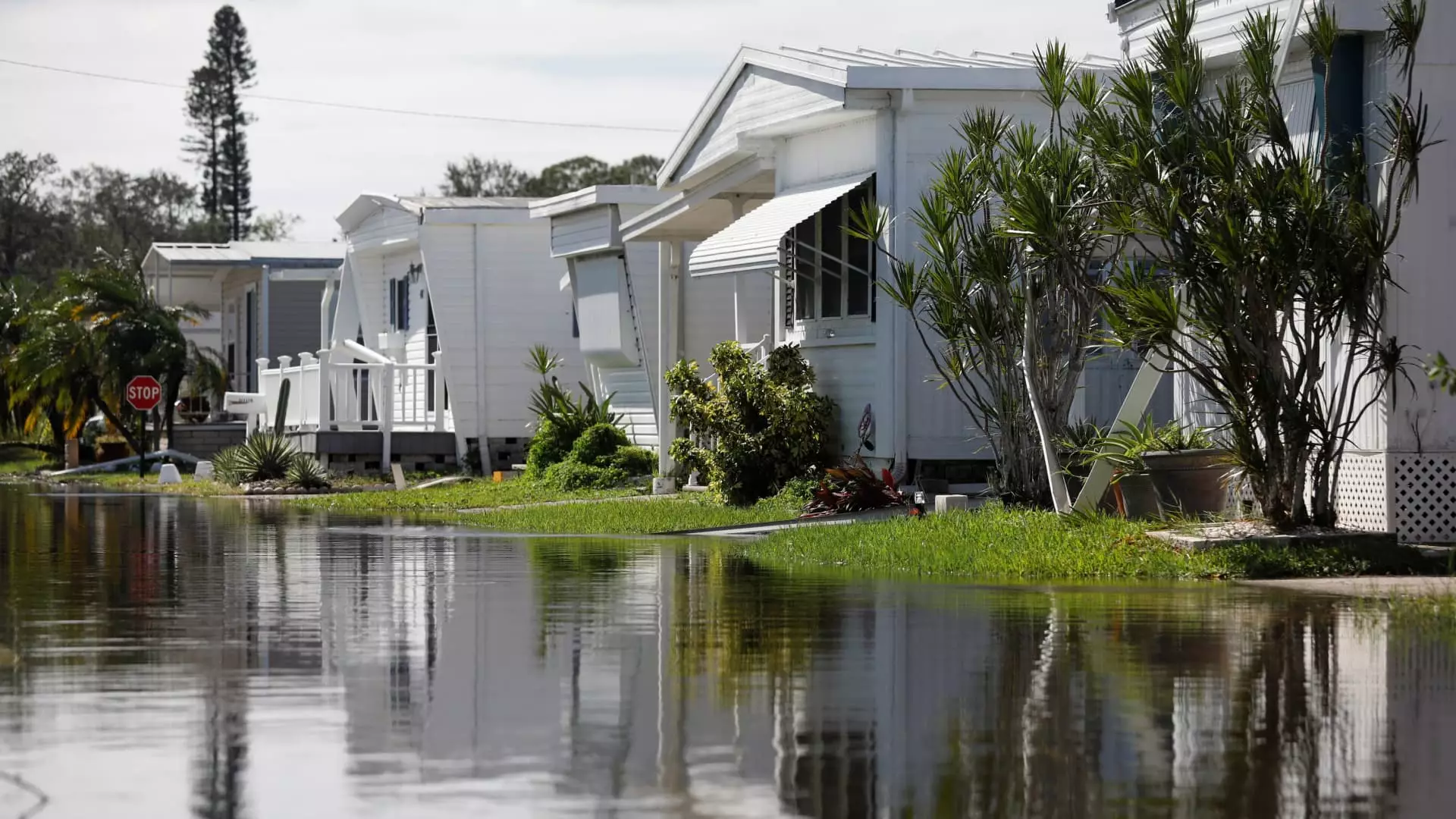Natural disasters can turn our lives upside down, leaving homes uninhabitable and families scrambling for shelter. In these harrowing circumstances, understanding your insurance coverage becomes paramount. This article aims to dissect the intricacies of “loss of use” or “additional living expenses” coverage, a key component of homeowners and renters insurance that provides crucial support during such trying times.
The financial impact of hurricanes and other natural disasters can be staggering. Recent data estimates that insured losses from Hurricane Helene alone could reach up to $17.5 billion, while projections for Hurricane Milton range from $30 billion to an eye-watering $60 billion. Such figures underscore not only the immediate devastation caused by these events but also the long-term ramifications for affected individuals and families. In the aftermath of these disasters, securing temporary housing and cover for additional living expenses is vital to ease the transition while homes are being repaired or rebuilt.
Essentially, loss of use coverage is designed to cover reasonable living expenses incurred when a home becomes uninhabitable due to specific perils, including hurricanes, fires, or plumbing failures. Karl Susman, an insurance expert from Los Angeles, indicates that this provision is typically included in most homeowners policies, usually amounting to about 20% of the dwelling coverage. For example, if a home is valued at $100,000 for insurance purposes, loss of use coverage would provide approximately $20,000 to help pay for temporary lodging, food, and any necessary storage fees associated with personal belongings.
This coverage extends beyond homeowners; renters insurance and condo policies generally offer similar protections. Renters may not insure the structure itself, but can still benefit from loss of use reimbursement based on the value of their personal property.
When faced with the unpleasant necessity to file a claim for loss of use, it is crucial to communicate effectively with your insurance provider. Experts advise being proactive and asking about the specifics of this coverage upon initiating a claim. Shannon Martin, an insurance analyst, emphasizes the importance of inquiring about the timeline for disbursements, as many insurers may be willing to expedite claims to prevent policyholders from enduring financial hardship without immediate financial aid.
Despite its critical function, loss of use coverage is not a silver bullet for post-disaster recovery. It is usually considered a temporary solution, and its funds can evaporate quickly, particularly in the wake of large-scale disasters where rental units become scarce. Jeremy Porter, head of climate implications research at a leading climate risk foundation, notes that this coverage is not designed to suffice for long-term living expenses during protracted recovery phases.
As rebuilding efforts can stretch over months or even years—depending on the extent of the damage and local recovery capacity—individuals may find themselves in difficult situations. Rental prices surge in response to heightened demand and diminished availability, often leading to a reality where the assistance provided by insurance can barely scratch the surface of the true expense of living away from home.
In addition to loss of use coverage, families affected by natural disasters should familiarize themselves with additional resources available for support. The Federal Emergency Management Agency (FEMA) can provide supplemental assistance to claimants, helping ease the financial burden during recovery. Understanding how to navigate both insurance claims and federal support resources is critical for those navigating post-disaster challenges.
Experiencing a natural disaster can be an utterly overwhelming ordeal, but understanding loss of use coverage offers a critical layer of relief. Engaging with your insurance provider to clarify the extent of your coverage, including any potential restrictions or caps, is vital. While this benefit is undoubtedly valuable, it serves as a temporary lifeline, necessitating a broader understanding of recovery resources in your area. The road to recovery may be long, but being well-informed can make a daunting process a little more manageable.

